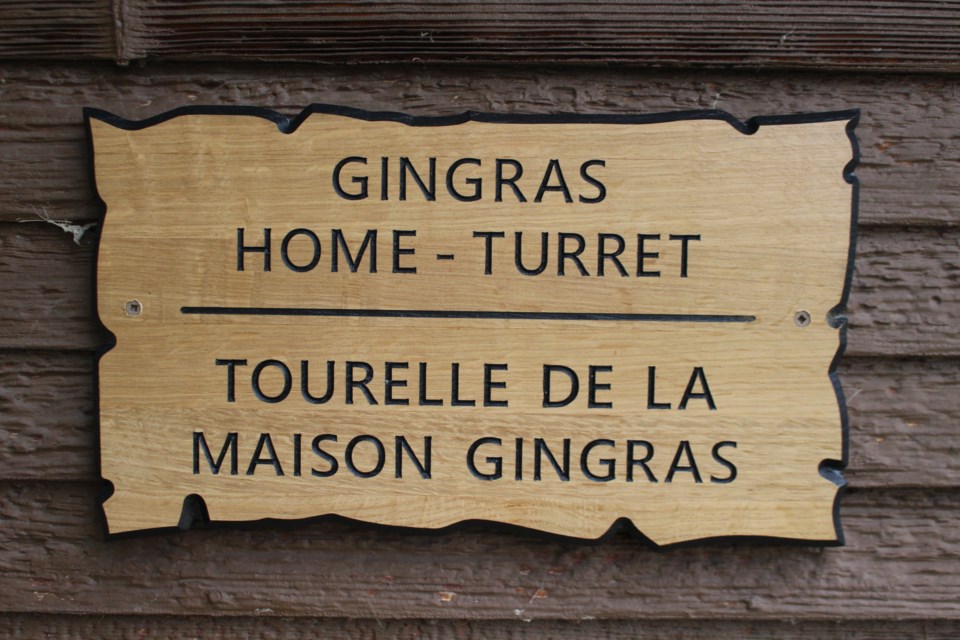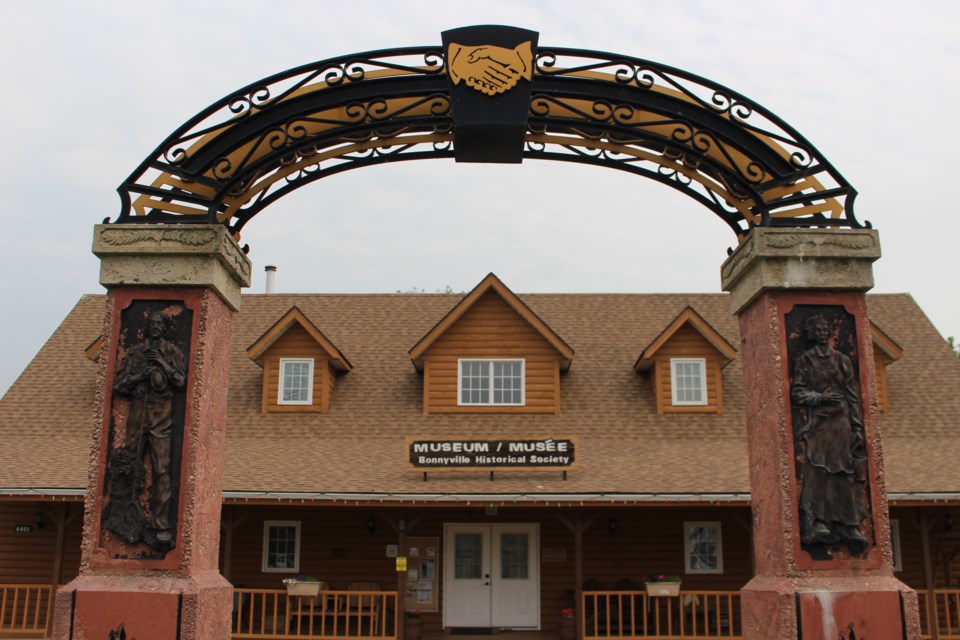BONNYVILLE – The French language is the mother tongue of one in five Canadians, which includes roughly 88,010 Albertans, according to the Government of Alberta.
With a significant Francophone population in the Bonnyville area, the Town of Bonnyville is one of 15 municipalities that make up the Alberta Bilingual Municipalities Association. And yet, the opportunities to speak and read French in the community are few.
Danna Kamaleddine, the Bonnyville and District Museum’s supervisor and museum technician, is working to change that.
“We live in a French community, but I personally feel like there isn't enough French in our community,” Kamaleddine told Lakeland This Week.
Having studied French at both École Notre Dame High School and École des Beaux-Lacs, Kamaleddine expressed how important it is for the next generation of French immersion and Francophonie youth to have opportunities to utilize their language skills in the wider community.
Kamaleddine currently studies education at the University of Alberta’s Campus Saint-Jean but has returned to her position at the Bonnyville Museum each summer for the past five years. Starting her first year as the museum's supervisor this summer, she brought a list of changes she hopes can breathe new life into the museum and expand its linguistic reach.
“Most of those ideas are actually happening. We have our bilingual signs going up right now, our bilingual translations are being redone to more appropriate, accurate and modern translations. And we are also working with Travel Alberta,” listed Kamaleddine.
New collaborations and connections are also being formed with other museums in the region that are also embracing bilingualism. This includes museums in Lac La Biche, St. Paul, Cold Lake and the Glendon Museum, which is currently working towards an official museum status.
“We are working on what works for them and works for us, and we're trying to incorporate more bilingualism in the community,” she explained, adding special acknowledgment to the Lac La Biche Museum’s work in this regard.
One of these collaborations resulted in new bilingual signs that came at no cost to the museum. The addition of these signs was made possible by a grant pushed for by Suzanne Prévost, the northeast director of Rural Development and Entrepreneurship for Conseil de développement économique de l’Alberta.
In the last few years, Kamaleddine and the Musuem’s bilingual team of staff have been working to ensure every artifact has descriptions in Canada’s two official languages and have been providing tours in both English and French for travellers and student groups alike.
“Being at the museum, you get people from all over and when they see that you can speak French, they want to come back, and they want to explore more,” she said. “I'm hoping that the museum can inspire more people in the community to bring out more of the French aspect and the culture here.”
There is no doubt that Kamaleddine has a passion for languages, which is no surprise for a polyglot. The museum’s supervisor is fluent in three of her heritage languages – Arabic, French and English.
“As I am becoming a French teacher... I want to make sure that the students that I will teach in the future have the opportunity to go to places that offer both languages, so they can see both aspects and can practice their French to keep the French language alive,” she said.
More than anything, museum staff and the board of directors' hope residents take time to stop by and see all the new old items that are on display.
“I really want people to come to the museum and walk through it, and just see all the new things that we get because we receive new items every year,” said Kamaleddine. “We have so many cool things here and a lot of them are starting to fade. I want people to come before they can't be seen anymore.”
The museum supervisor noted that most locals took tours in primary school, but rarely return, resulting in the bulk of the museum’s patronage coming from out of town.
“Half the town can find their last names here. I think they forget that half their family is in this museum,” Kamaleddine said.
Many of the buildings used to house artifacts on the museum grounds are original structures, such as the Croteau House and the Seguin Cabin constructed in the early 1900s.
"Some of those ones are starting to fade a bit and crumble,” she acknowledged. “We are getting the Croteau House lifted and placed on new strides, but things only last for so long.”
RELATED STORY: Francophone culture an integral part of Bonnyville




